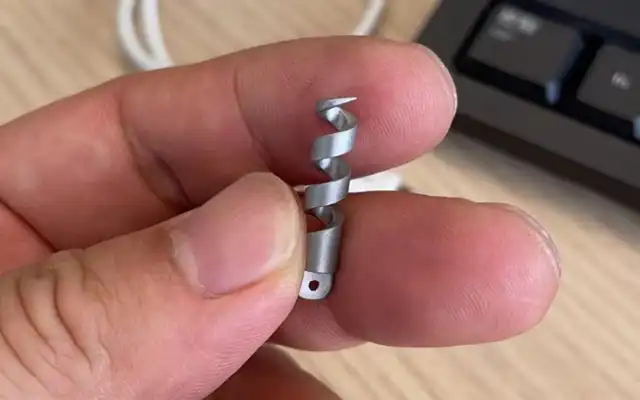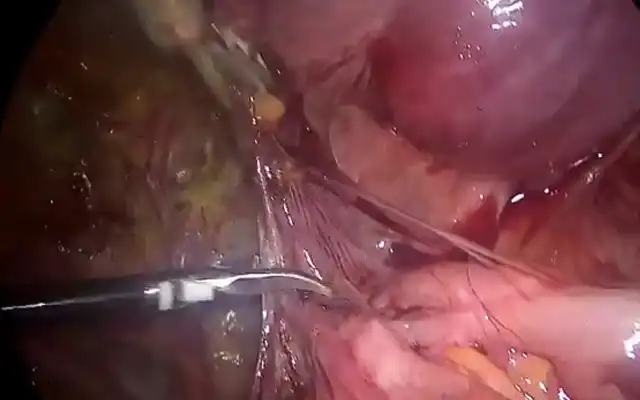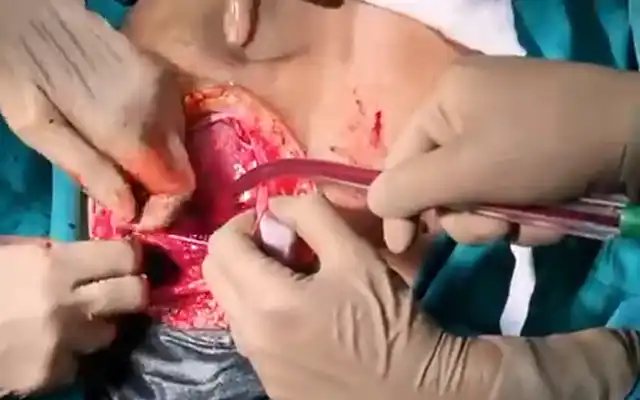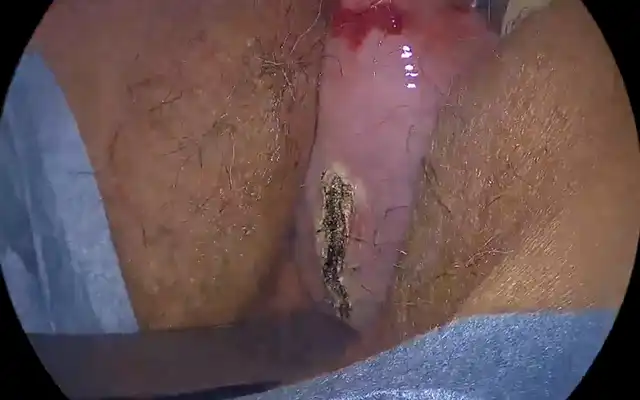Enjoy the latest issue of the Hysteroscopy Newsletter.
Hysteroscopy has broadened our understanding of the pathology of the uterine cavity and endometrium, the intramural diseases and the physiology of the uterus. It accelerated our understanding of many areas such as the growth and regeneration of endometrium and the biology of endometrial stem cells. More specifically, treating myomas with hysteroscopy allows us to understand the histology and biological characteristics of the myometrium such as the distribution of blood vessels and the anatomy of the muscular layers, which helps surgeons minimize tissue damage during operations. We also have a better understanding of the biology of precancerous endometrial lesions and endometrial cancer. This may bring revolutionary changes in the treatment for local and early stage endometrial cancer in the future. Similar changes may also take place in treating intramural lesions such as adenomyosis.
To conclude, surgical hysteroscopy has already caused a revolution in the diagnosis and treatment of uterine intracavitary pathology. Advances in technology has made the surgeries of uterine cavity easier, safer and possible in the office settings. Advanced artificial intelligence, optical technology and ultrasonic technology will lead to more intelligent and efficient hysteroscopy, change the diagnostics and treatments of endometrial and uterine diseases, and bring about new perspectives to the related diseases.
Xiang Xue



